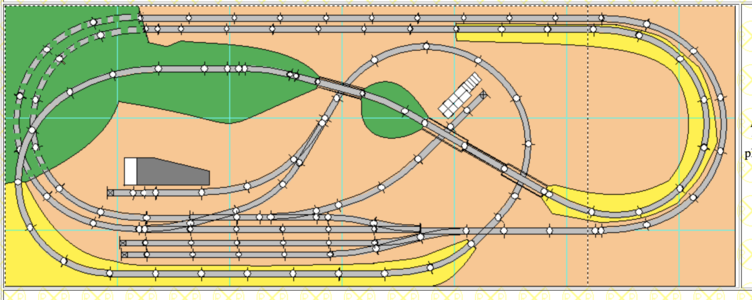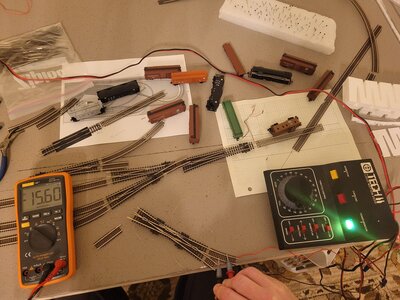Hello all, my son convinced me to pull the boxes of trains out of the attic and we are setting up an N-scale hollow door layout. I have a Peco single slip from 22 years ago that I would like to use to create two separate loops. I understand that Peco Electrofrog turnouts require power from the "foot", but I'm scratching my head trying to figure out what that means since the points point in both directions.
We're not planning on DCC but it would be nice to isolate the single slip so we can run two trains on two loops some time in the future.
Thanks!
William

We're not planning on DCC but it would be nice to isolate the single slip so we can run two trains on two loops some time in the future.
Thanks!
William



